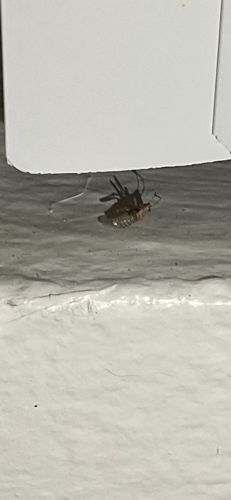Bed Bug
Scientific Name: Cimex lectularius
Order & Family: Hemiptera, Cimicidae
Size: Adults are typically 4-5 mm (0.16-0.20 inches) long.

Natural Habitat
Primarily human dwellings, especially beds, mattresses, bed frames, and surrounding furniture. They prefer warm environments and hide in cracks and crevices during the day.
Diet & Feeding
Strictly hematophagous, feeding on the blood of humans and other warm-blooded animals. They typically feed at night while their hosts are sleeping.
Behavior Patterns
Nocturnal feeders, they emerge from hiding spots to feed. They are attracted to carbon dioxide and body heat. Bed bugs undergo incomplete metamorphosis with five nymphal stages before reaching adulthood. They can survive for several months without a blood meal.
Risks & Benefits
Risks: Bed bugs can cause itchy red welts (wheals) from their bites, leading to skin irritation and secondary infections from scratching. In rare cases, severe infestations can lead to anemia. They are not known to transmit diseases to humans. Benefits: None to humans; in nature, they are part of the food chain for other insects and spiders, but their primary ecological role is as parasites of mammals and not beneficial to ecosystems in the way pollinators or decomposers are.
Identified on: 11/15/2025